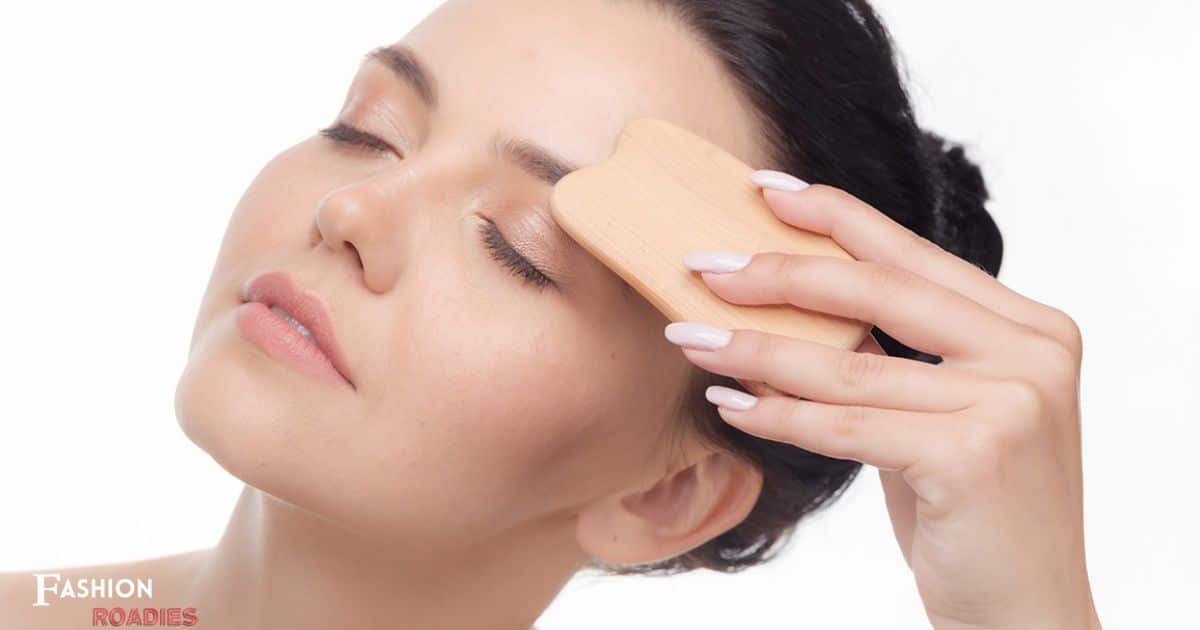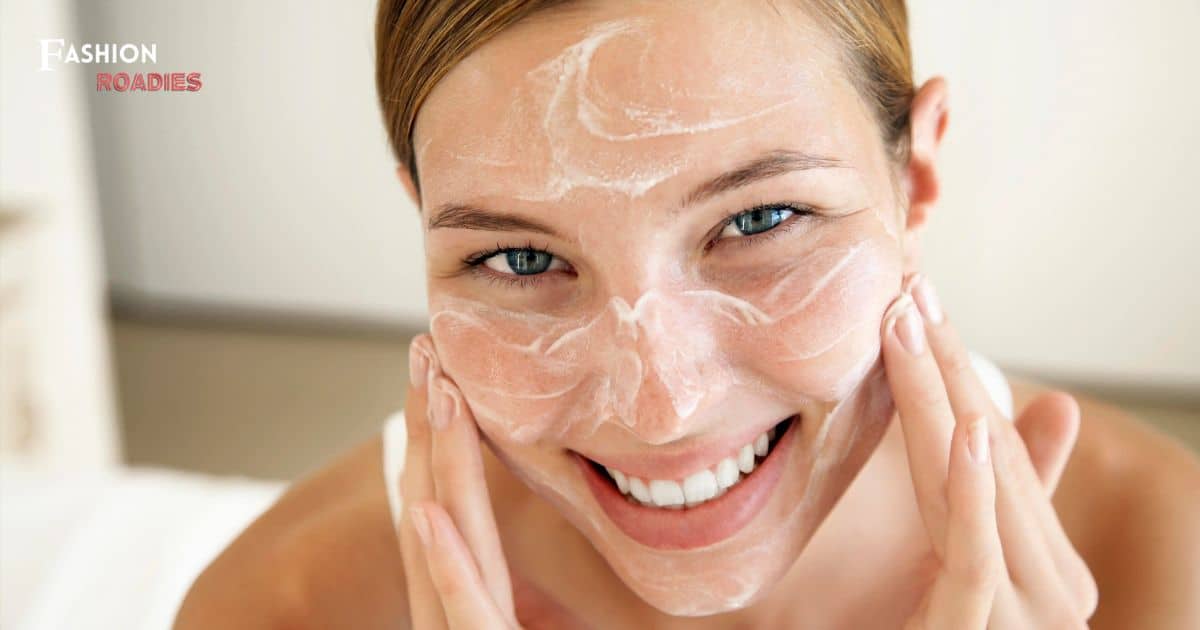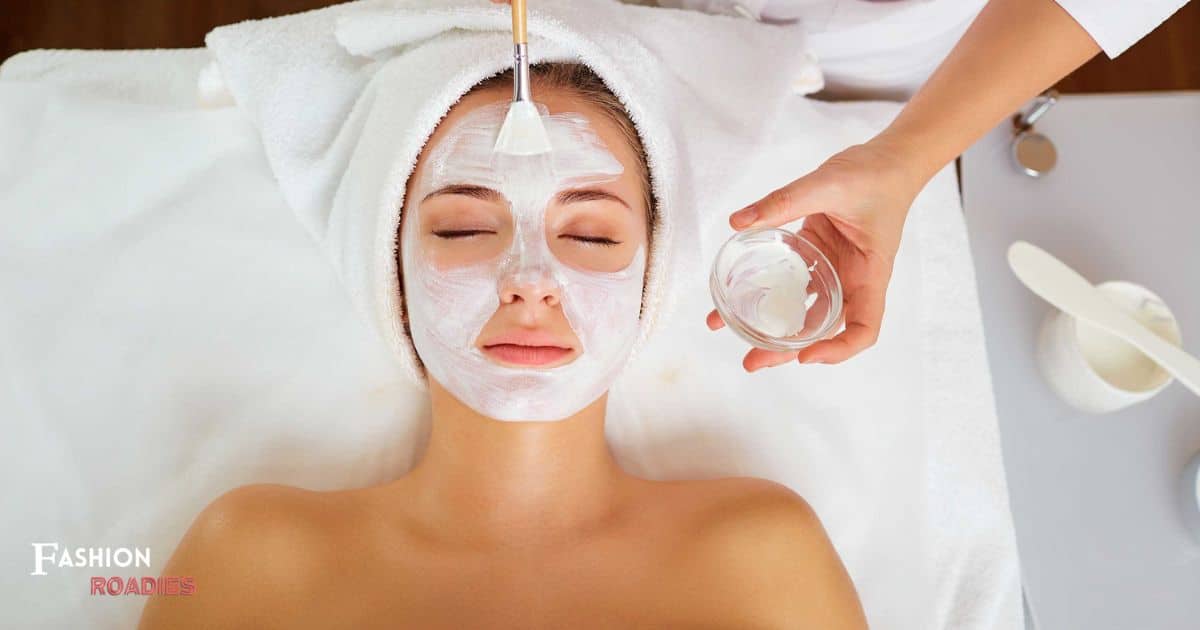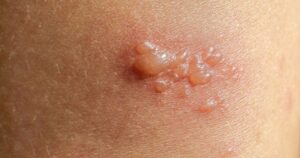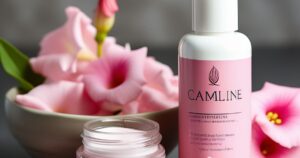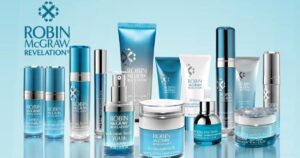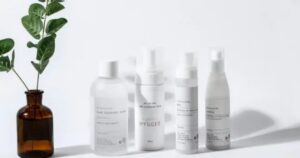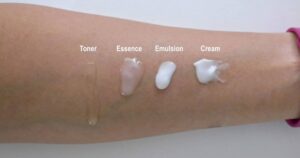As the face ages, its delicate skin requires special care akin to tending to a prized garden. In this article, we will explore expert tips and techniques on how to effectively care for aging facial skin. From the importance of proper cleansing and exfoliation to the benefits of hydration and moisturization, we will delve into the science-backed strategies that promote a youthful and radiant complexion. Join us on this journey towards nourishing and preserving the beauty of your skin.
Key Takeaways
- Proper cleansing and exfoliation are essential for removing impurities and promoting cell turnover and collagen production.
- Hydration and moisturization are crucial for maintaining a healthy skin barrier. Incorporate hyaluronic acid serum and moisturizers with ceramides and humectants.
- Protect your skin from sun damage by using sunscreen with SPF 30 or higher, seeking shade, and wearing protective clothing.
- Incorporate anti-aging ingredients and products such as retinol, peptides, hyaluronic acid, and vitamin C into your skincare routine for a more youthful complexion.
Cleansing and Exfoliating
How should one effectively cleanse and exfoliate aging facial skin? As we age, our skin undergoes various changes, such as reduced collagen production and slower cell turnover, leading to dullness, uneven texture, and the appearance of fine lines and wrinkles. Implementing proper cleansing techniques and incorporating regular exfoliation into our skincare routine can help combat these signs of aging.
Cleansing is the first crucial step in any skincare regimen. It removes dirt, oil, and impurities, allowing the skin to breathe and absorb subsequent products better. Opt for a gentle, non-stripping cleanser that suits your skin type. Avoid harsh ingredients like sulfates and alcohol, as these can further dry out and irritate aging skin.
Exfoliation benefits aging skin by sloughing off dead skin cells, promoting cell turnover, and stimulating collagen production. Regular exfoliation helps improve skin texture, minimize the appearance of pores, and enhance the absorption of moisturizers and serums. Choose a chemical exfoliant with ingredients like glycolic acid or salicylic acid, which are effective yet gentle on aging skin.
Hydration and Moisturization
To effectively address the hydration and moisturization needs of aging facial skin, it is essential to incorporate a comprehensive skincare routine. As the skin barrier weakens with the aging process, it becomes more prone to moisture loss and dehydration. Here are four key steps to ensure optimal hydration and moisturization:
- Cleanse: Start by using a gentle cleanser that removes impurities without stripping the skin of its natural oils. This helps maintain the skin’s moisture balance.
- Hyaluronic Acid: Incorporate a hyaluronic acid serum into your routine. Hyaluronic acid attracts and retains moisture, promoting plump and hydrated skin.
- Moisturize: Choose a rich moisturizer that contains ingredients like ceramides and humectants. These help strengthen the skin barrier and lock in moisture.
- Protect: Don’t forget to apply a broad-spectrum sunscreen daily. UV rays can further damage the skin barrier and accelerate the aging process.
Protection From Sun Damage
To ensure optimal protection from sun damage, it is important to incorporate the use of a high-quality sunscreen into your daily skincare routine. Sunscreen with a Sun Protection Factor (SPF) of 30 or higher is recommended to shield your skin from harmful ultraviolet (UV) rays. Applying sunscreen should be a crucial step in your morning skincare regimen, even on cloudy days.
It is essential to generously apply sunscreen to all exposed areas of the face and neck, including the ears and lips. Reapplication is necessary every two hours, especially after swimming or sweating. In addition to sunscreen, other sun protection measures include seeking shade during peak sun hours, wearing protective clothing, and using wide-brimmed hats and sunglasses. By adhering to these sun protection guidelines, you can maintain the health and youthfulness of your aging facial skin.
Anti-Aging Ingredients and Products
When it comes to caring for aging facial skin, it is important to understand the effective wrinkle-reducing ingredients and the best anti-aging skincare products. Effective ingredients such as retinol, hyaluronic acid, and peptides have been scientifically proven to help reduce the appearance of wrinkles and improve skin elasticity. Choosing skincare products that contain these ingredients, along with other beneficial compounds, can help promote a more youthful and radiant complexion.
Effective Wrinkle-Reducing Ingredients
One effective way to reduce wrinkles and combat the signs of aging is by incorporating skincare products that contain powerful anti-aging ingredients. These ingredients have been scientifically proven to improve the appearance of fine lines and wrinkles, leaving the skin looking smoother and more youthful. Here are four key ingredients to look for in wrinkle-reducing products:
- Retinol: This derivative of vitamin A is a potent ingredient that stimulates collagen production, helping to improve skin elasticity and reduce the appearance of wrinkles.
- Peptides: These small protein molecules signal the skin to produce more collagen, helping to plump up fine lines and wrinkles and promote a firmer, smoother complexion.
- Hyaluronic acid: This natural substance is known for its ability to retain moisture and hydrate the skin. By boosting hydration, it can help reduce the visibility of wrinkles and fine lines.
- Vitamin C: This antioxidant-rich ingredient helps to protect the skin from free radicals and promote collagen production, resulting in a more youthful and radiant complexion.
When selecting anti-aging skincare products, look for these powerful ingredients to effectively combat wrinkles and rejuvenate aging facial skin.
Best Anti-Aging Skincare
The use of effective anti-aging skincare products is crucial for maintaining the health and appearance of aging facial skin. When it comes to finding the best anti-aging serums and products, it’s important to look for ingredients that have been scientifically proven to combat the signs of aging. Some key ingredients to consider include retinol, hyaluronic acid, vitamin C, and peptides.
These ingredients work to stimulate collagen production, hydrate the skin, and reduce the appearance of wrinkles and fine lines. Additionally, natural remedies for aging skin can also be beneficial, such as incorporating antioxidant-rich foods into your diet and using natural oils like argan or rosehip oil for moisturizing. Remember, consistency and patience are key when it comes to achieving the best results with anti-aging skincare.
| Ingredient | Benefits | Product Example |
|---|---|---|
| Retinol | Stimulates collagen production | Retinol Night Cream |
| Hyaluronic Acid | Hydrates and plumps the skin | Hyaluronic Acid Serum |
| Vitamin C | Brightens and evens out skin tone | Vitamin C Serum |
| Peptides | Reduces the appearance of wrinkles | Peptide-infused Moisturizer |
Facial Massage and Exercises
Facial massage and exercises offer numerous benefits for aging facial skin. Massage helps improve blood circulation, stimulates collagen production, and relaxes facial muscles, reducing the appearance of fine lines and wrinkles. Facial exercises, on the other hand, tone and strengthen the facial muscles, promoting a firmer and more youthful appearance. It is recommended to incorporate these practices into your skincare routine regularly for optimal results.
Benefits of Facial Massage
Regular facial massage and exercises provide numerous benefits for aging facial skin. Here are four key benefits of incorporating facial massage into your skincare routine:
- Improved blood circulation: Facial massage stimulates blood flow, delivering oxygen and nutrients to the skin cells. This helps in rejuvenating the skin and promoting a healthy, youthful glow.
- Increased collagen production: Facial massage stimulates collagen production, which is essential for maintaining skin elasticity and firmness. This helps in reducing the appearance of wrinkles and fine lines.
- Lymphatic drainage: Facial massage techniques promote lymphatic drainage, aiding in the removal of toxins and reducing puffiness and swelling in the face.
- Relaxation and stress relief: Facial massage not only benefits the skin but also provides a sense of relaxation and stress relief. It can help alleviate tension and promote a sense of well-being.
Now, let’s explore some techniques for facial exercises to further enhance the benefits of facial rejuvenation.
Techniques for Facial Exercises
To enhance the benefits of facial rejuvenation, incorporate techniques for facial exercises and massage into your skincare routine. Facial exercises, also known as facial yoga, can help improve the tone and elasticity of your facial muscles. These exercises involve various movements and stretches that target specific areas of the face, such as the forehead, cheeks, and jawline.
By regularly practicing facial exercises, you can help stimulate blood circulation, increase collagen production, and reduce the appearance of wrinkles and sagging skin. Facial massage, on the other hand, involves using gentle pressure and kneading motions to relax the facial muscles and promote lymphatic drainage. This can help reduce puffiness, improve skin texture, and enhance overall facial tone. Incorporating facial yoga and facial toning exercises, along with regular facial massage, can be beneficial in maintaining a youthful and radiant complexion.
Frequency of Massage/Exercises
Incorporating facial massage and exercises into your skincare routine is essential for maintaining the health and vitality of aging facial skin. Regular massage and exercises stimulate blood circulation, improve muscle tone, and promote lymphatic drainage, resulting in a brighter and more youthful complexion. To maximize the benefits of facial massage and exercises, it is recommended to follow a consistent routine. Here are four key factors to consider when determining the frequency of your massage and exercise routine:
- Time: Allocate at least 5-10 minutes each day to perform facial massage and exercises.
- Intensity: Apply gentle pressure during massage to avoid causing any damage to delicate facial skin.
- Consistency: Aim to perform facial massage and exercises at least 3-4 times a week to maintain desired results.
- Personalization: Customize your routine based on your skin’s needs and consult with a skincare professional if necessary.
Nutrition and Hydration From Within
One effective way to maintain healthy and youthful facial skin as it ages is by ensuring proper nutrition and hydration from within. Nutrition plays a vital role in skin health, and making certain lifestyle changes can significantly impact the appearance and condition of aging facial skin. Here are some nutrition tips to consider:
- Eat a balanced diet rich in antioxidants: Antioxidants help protect the skin from damage caused by free radicals, which contribute to aging. Include fruits, vegetables, nuts, and seeds in your daily meals.
- Stay hydrated: Drinking an adequate amount of water helps keep the skin hydrated and plump, reducing the appearance of fine lines and wrinkles.
- Consume omega-3 fatty acids: These healthy fats can help nourish the skin and improve its elasticity. Include sources like fatty fish, flaxseeds, and walnuts in your diet.
Professional Treatments and Procedures
Continuing from the previous discussion on nutrition and hydration, professional treatments and procedures are frequently utilized to address the specific needs of aging facial skin. These treatments are carried out by trained professionals who possess expertise in skincare and dermatology. Here are four professional treatments that are known for their effectiveness in reducing wrinkles and improving the overall appearance of aging facial skin:
- Chemical Peels: This procedure involves the application of a chemical solution to exfoliate the skin and stimulate collagen production, resulting in a smoother and more youthful complexion.
- Microdermabrasion: In this treatment, a handheld device is used to gently exfoliate the outer layer of the skin, revealing fresher and healthier skin underneath. It helps to diminish fine lines and wrinkles.
- Laser Resurfacing: This procedure uses a laser to remove damaged skin cells and stimulate collagen production. It can effectively reduce wrinkles, age spots, and uneven skin texture.
- Injectables: Botulinum toxin (Botox) and dermal fillers are commonly used to target specific areas of the face, reducing the appearance of wrinkles and restoring volume.
These professional treatments, coupled with effective wrinkle reducing ingredients, can significantly improve the condition of aging facial skin.
FAQ’s
Can Facial Exercises Completely Reverse the Signs of Aging?
Facial exercises have been touted as a potential method to reverse the signs of aging. While some anecdotal evidence suggests effectiveness, scientific research is limited. It is important to consider alternative anti-aging methods backed by more substantial evidence.
What Are the Potential Risks and Side Effects of Professional Treatments and Procedures for Aging Skin?
Potential risks and side effects should be considered before undergoing professional treatments and procedures for aging skin. These interventions, while effective, may include complications such as infection, scarring, allergic reactions, and temporary or permanent skin discoloration.
Are There Any Specific Foods or Supplements That Can Improve the Health and Appearance of Aging Facial Skin?
Foods and supplements can enhance the health and appearance of aging facial skin. Natural remedies like antioxidant-rich fruits and vegetables, collagen-boosting foods, and omega-3 fatty acids can provide nourishment and support skin health.
How Often Should I Get Professional Treatments or Procedures Done to Maintain Youthful-Looking Skin?
The frequency of professional treatments for maintaining youthful-looking skin varies depending on individual needs and preferences. Alternatives to professional procedures include adopting a comprehensive skincare routine, incorporating anti-aging products, and practicing healthy lifestyle habits.
Is It Necessary to Use Different Skincare Products for Different Areas of the Face With Aging Skin?
Different areas of the face with aging skin may require different skincare products. Targeted skincare routines offer benefits such as addressing specific concerns like wrinkles or sagging in particular regions, maximizing effectiveness and improving overall skin health.
Conclusion
In conclusion, caring for aging facial skin requires a comprehensive approach that includes proper cleansing, hydration, protection from sun damage, and the use of anti-aging products. Additionally, regular facial massage and exercises, along with a balanced diet and adequate hydration, can contribute to healthy and youthful skin. For more advanced treatments, seeking professional advice and undergoing suitable procedures can further enhance the appearance and overall well-being of aging facial skin. Embrace these practices to restore and maintain a vibrant complexion that radiates beauty and confidence.
